Thursday, September 30, 2010
Wednesday, September 29, 2010
Ljubljana, the capital of Slovenia
From Prešernov trg to Stara Ljubljana


The old Ljubljana is squeezed between a river and a hill. [Click here for a bigger map]
✰ Our Ljubljana that day


Ljubljana (pronounced as "Lyoo-blyáh-nah" - voice file ) is the capital city of Slovenia, my home country. It's also our biggest and only city, as well as our cultural, economic and political center. Ljubljana has around 280.000 inhabitants, which is pretty small for a capital, but keep in mind, Slovenia only has something over 2 million people. However, being small doesn't mean there are only few things to see and do Ljubljana. I wanted to compose one post with the main sights, but I realized that a single day's tour around the center produced over 100 noteworthy photos, hence I decided to divide my Ljubljana adventure into several posts.
✰ Ljubljana, the past and the present
The history of Ljubljana is very old. Although the modern city has its roots in the medieval times, there used to be a pretty big Roman settlement in the area for 500 years (between -50 and 450). It was named Æmona and had something over 5000 inhabitants. Its remains can be found in Ljubljana today. It was destroyed by the Huns in the 5th century. In the 6th century the Old Slavs (the predecessors of the Old Slovenians) started to settle here and most likely named Ljubljanica, the small river that flows through Ljubljana today, after a common Slavic name Ljubovid. The river gave the name to the nearby settlement and Ljubljana was born. The first account of the old Slovenian name of Ljubljana dates to 1144, where it was noted as Luwigana (read as Lubijana)[theory source]. The German name of Ljubljana is Laibach. Read a more detailed history of Ljubljana here>>
✰ Ljubljana, city of world famous architecture
Two events had a huge impact on Ljubljana's development: An earthquake from 1511 and another one from 1895. In both cases the town had to be rebuilt. After 1511 it was turned into Renaissance style, while after 1985 it was rebuilt in Vienna Secession style (Art Nouveau). That's why Ljubljana of today is a mix of many architectural styles, from Gothic to Renaissance, from Baroque to Art Nouveau and all the way to Modernism and Postmodernism. The biggest impact on Ljubljana had Jože Plečnik, the most important Slovenian architect. He was active from the 1920s all the way to the 1950s and left the biggest mark on Ljubljana, which is still felt today at almost every corner. Check a website dedicated to his works here>>
The old Ljubljana is squeezed between a river and a hill. [Click here for a bigger map]
✰ Our Ljubljana that day
Since I have lived in Ljubljana for 5 years (I studied there), I knew the city pretty well and I had a good idea about which places I should bring my girlfriend to. It was a hot Sunday in August and we parked the car close to the center pretty early. Our hostel was located at the very south of Ljubljana, so it was great that we had our own means of transportation, because Ljubljana is not that small after all. We reserved a whole day of sightseeing only for Ljubljana, but we were really super tired that day. That's no wonder, if you consider that we from Koper to Trieste, Gorizia and Kanal ob Soči, before we arrived in Ljubljana a day before.
We started at the northeast of the historic center of Ljubljana:
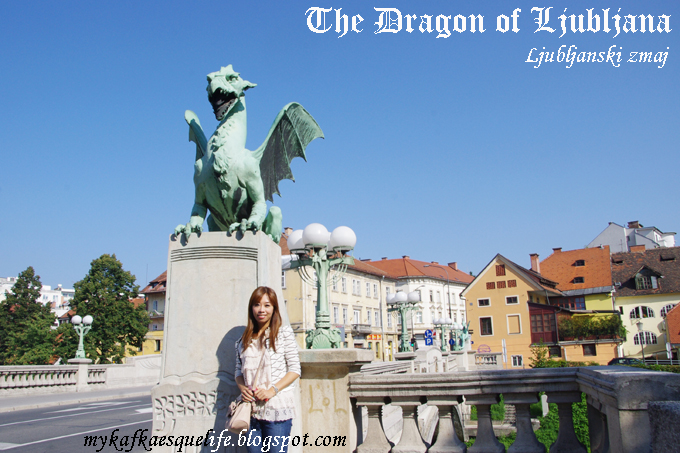
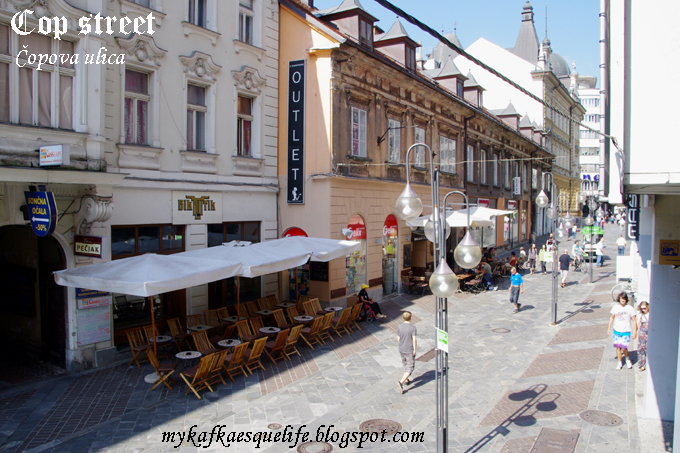
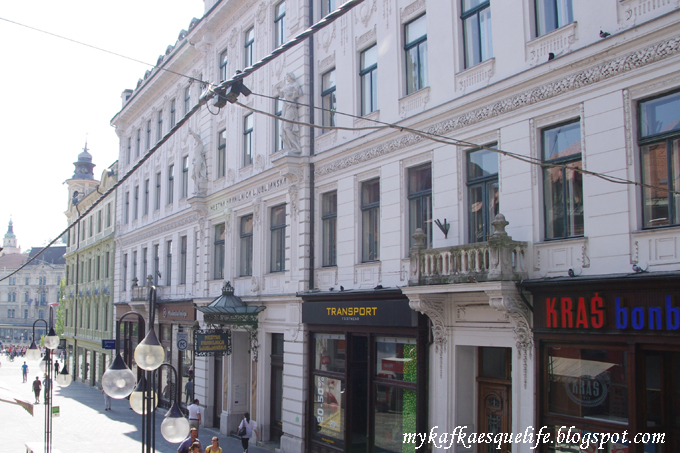

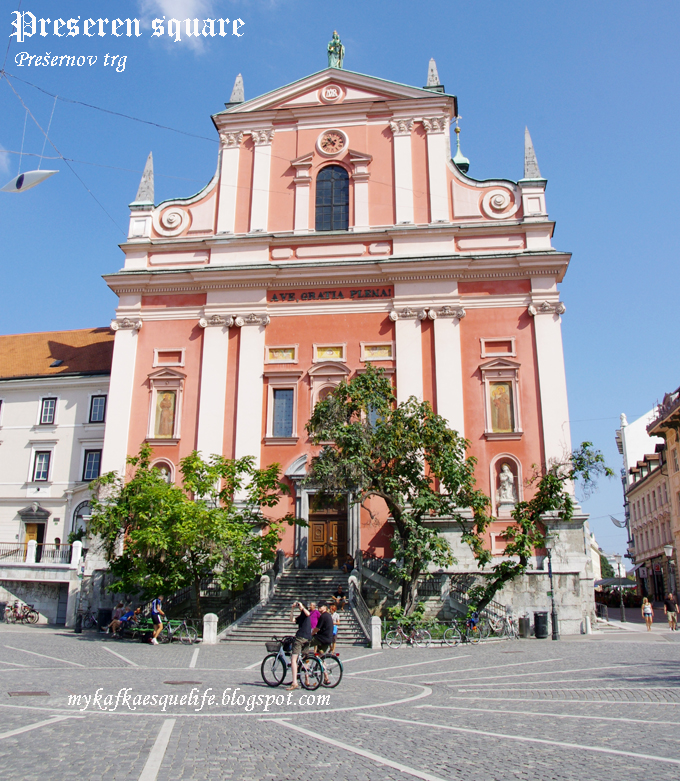
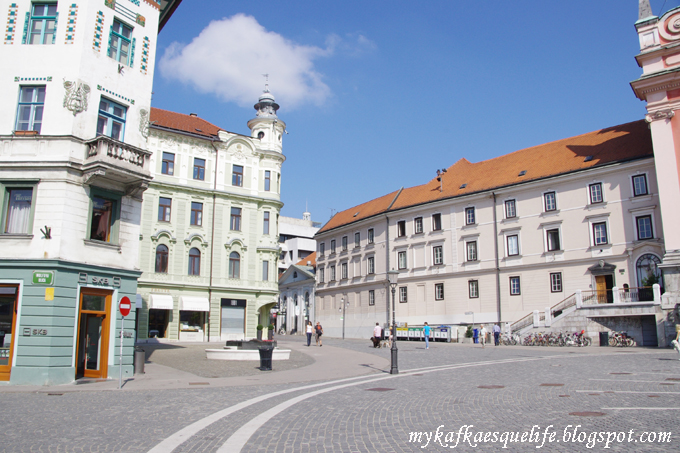
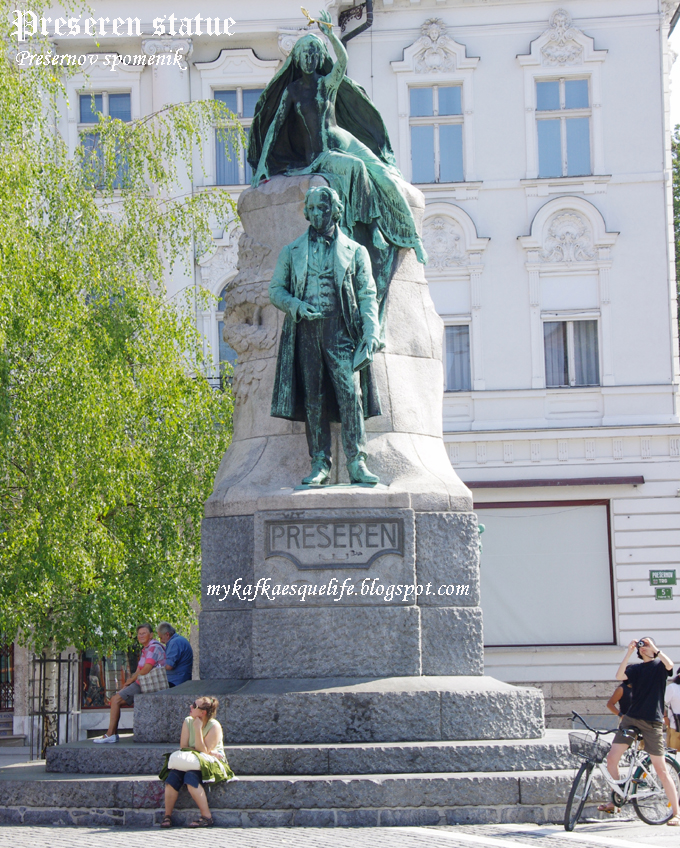
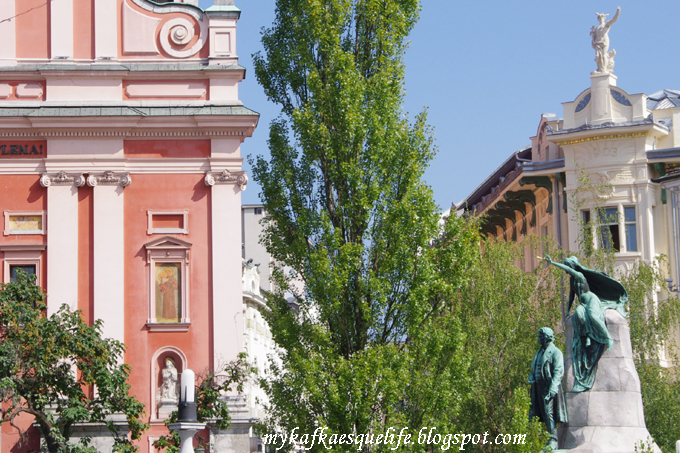
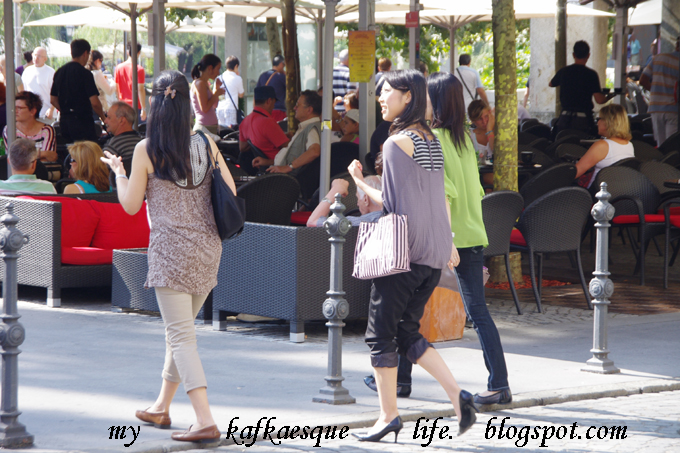
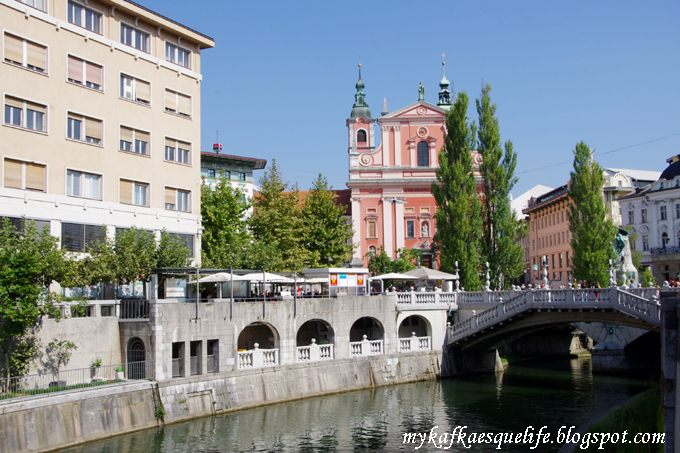

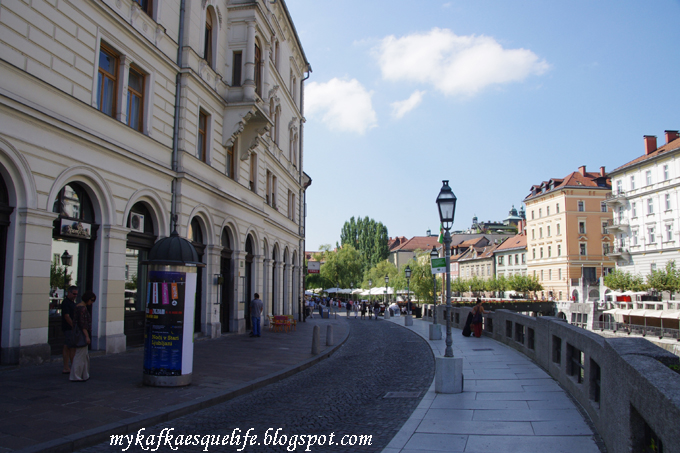
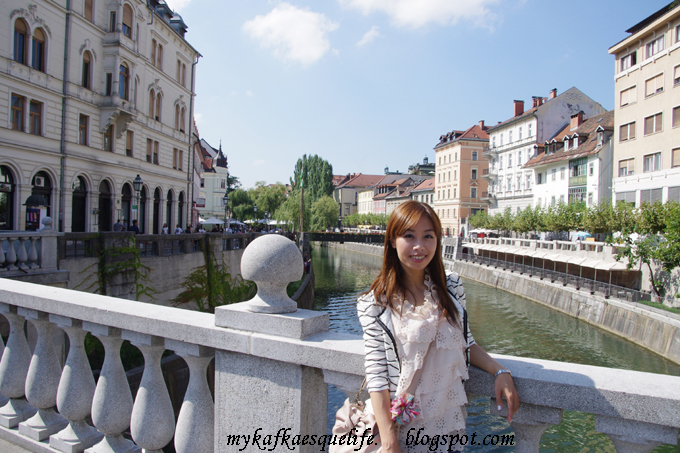
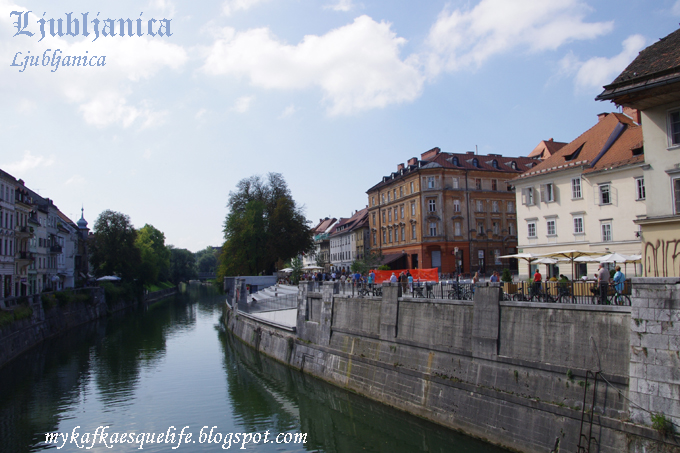
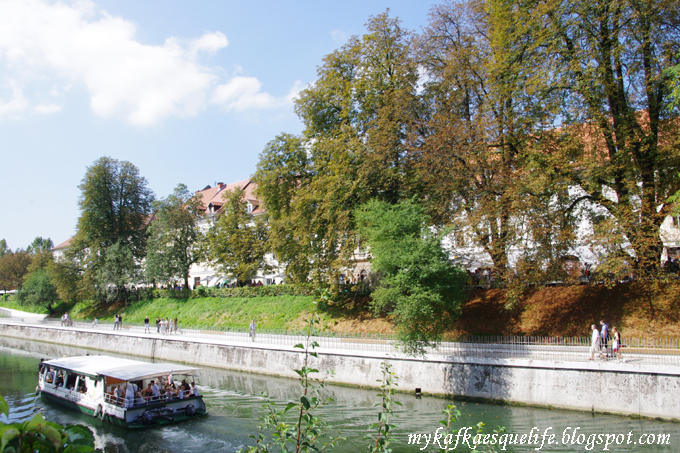
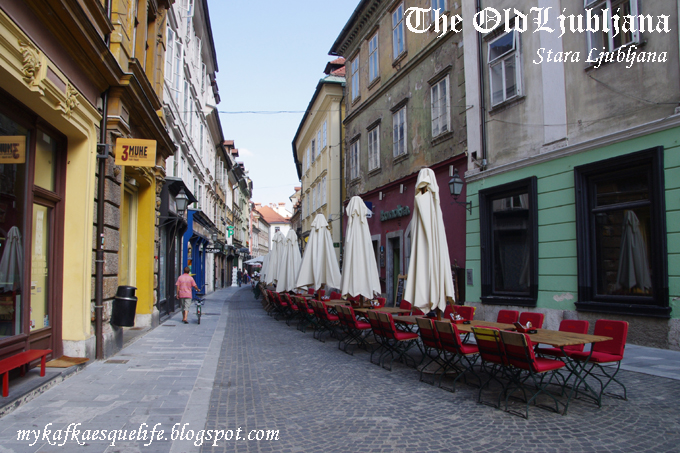
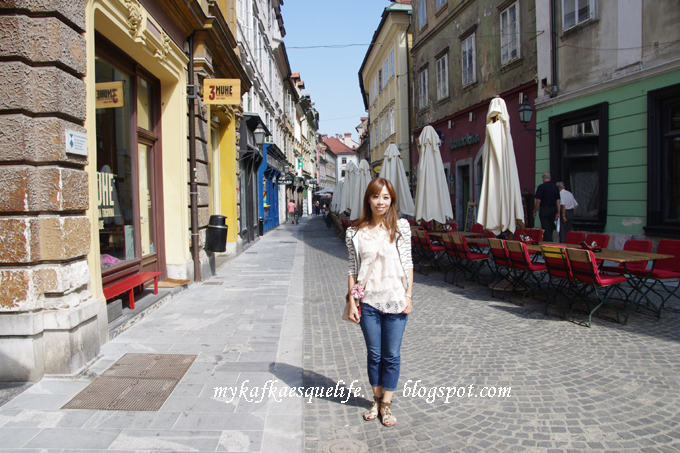
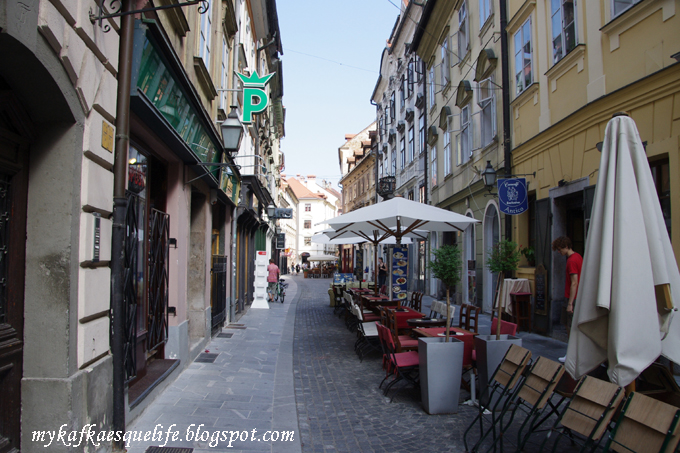

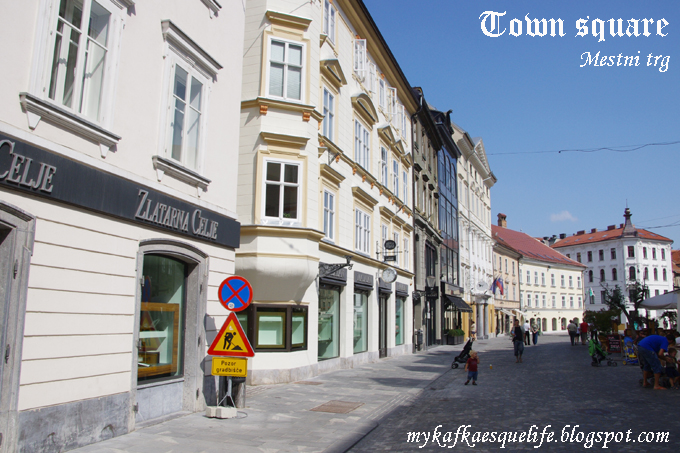
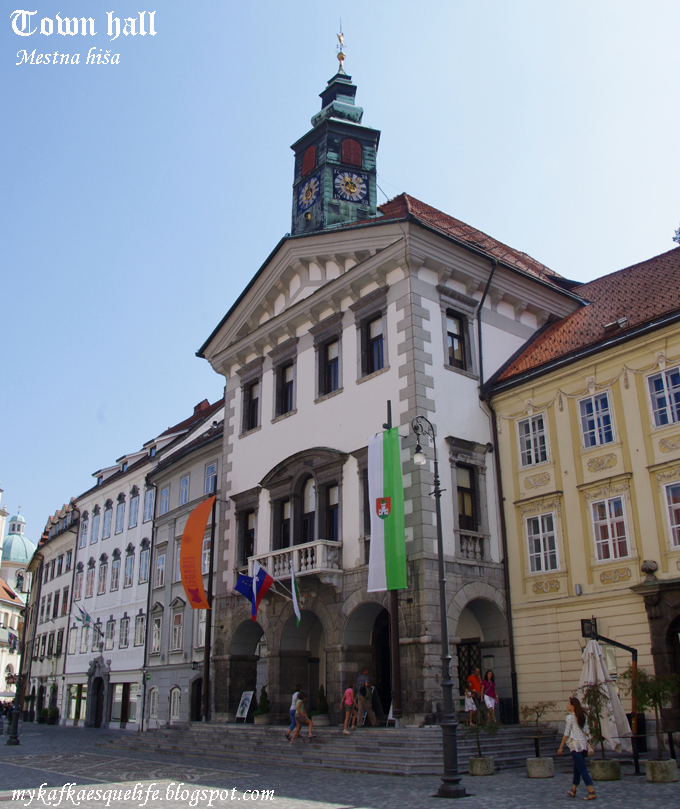
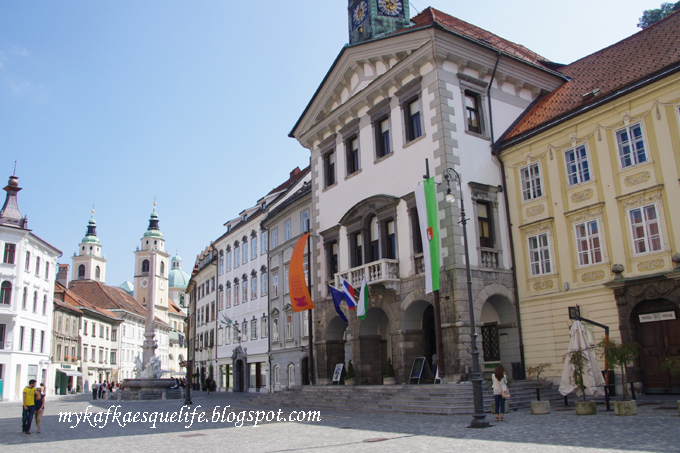
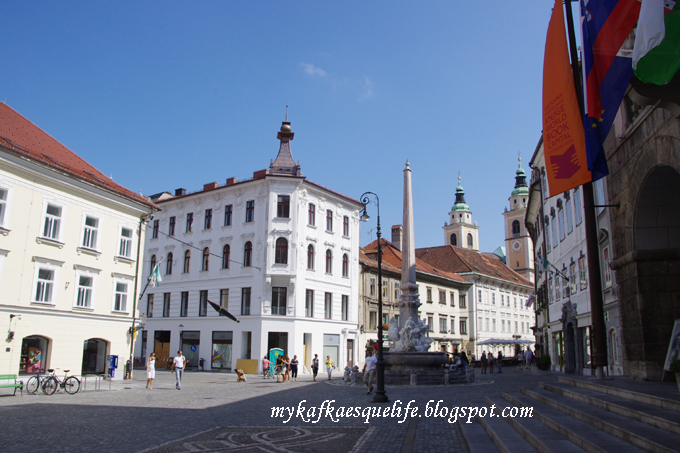
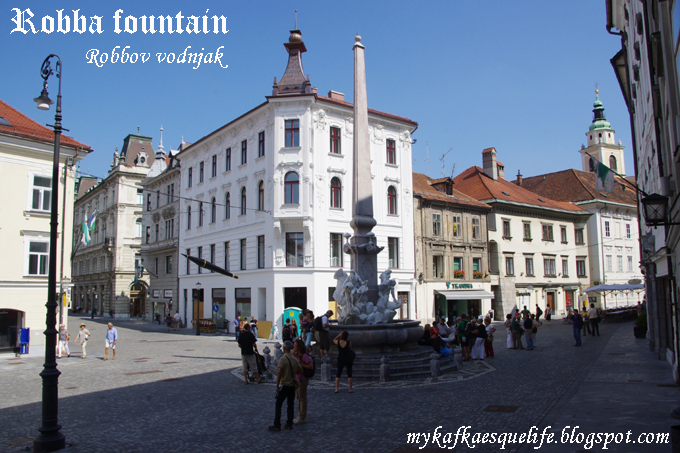
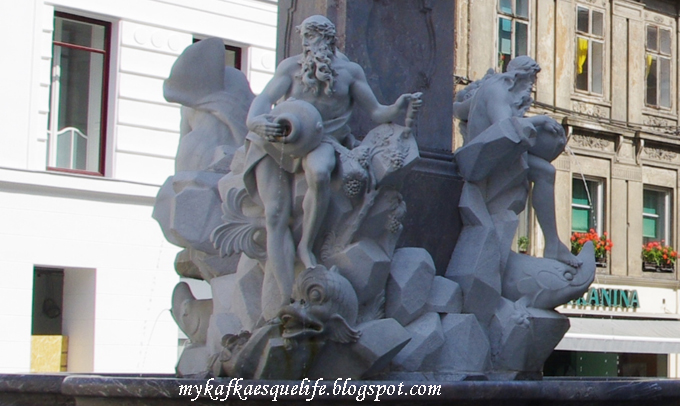
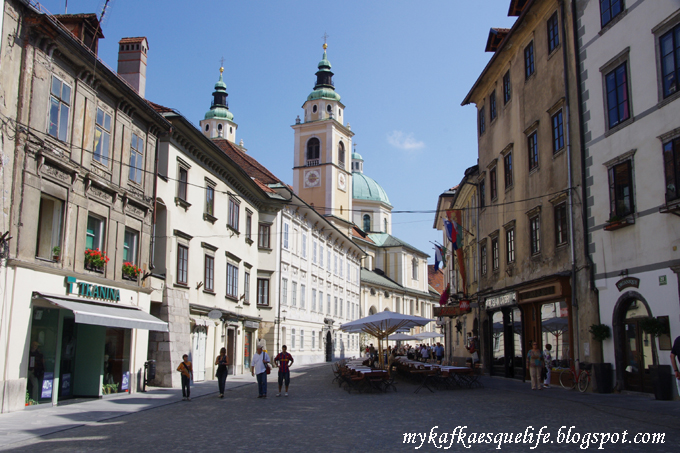


This is the famous Dragon bridge (Zmajski most). And no, the dragon of Ljubljana is not the cute girl, it's that green monster above her. This is probably the most famous bridge in Ljubljana. It was completed in 1901 and replaced an old wooden bridge that was destroyed by the earthquake of 1905. It's one of the most beautiful Art Nouveau bridges in the world and was one of the most innovative bridges in the world at that time (source).






This is the famous statue of France Prešeren (pron. "Fran-tsay Pray-sheer-en") and his muse. He is our most famous poet from the first half of the 19th century. One of his poems (Zdravljica) is today the Slovenian national anthem. The locals call the square Prešerc (pron."Pray-sharts") and the statue is a very popular meeting point for dates. The statue was put here in 1905 and was pretty controversial at that time due to the curvaceous muse.


You can see lovely Japanese tourists in Ljubljana pretty often nowadays. Looks like the Japanese are the most common Asian tourists, who visit our capital city. Do you want to know how to seduce Japanese girls? Read here.















This is the famous Robba fountain (Robbov vodnjak). The one you see here is a replica from 2006, the original was built between 1743 and 1751 and is now kept in the National gallery. It symbolizes three Slovenian rivers: Ljubljanica, Sava and Krka.



More about Ljubljana in my next post.
Labels:
EuroTrip2010,
Ljubljana2010,
Slovenia,
SloveniaTrip2010,
Travel
Ljubljana, from Plečnik to Napoleon
From Old Ljubljana to New Ljubljana
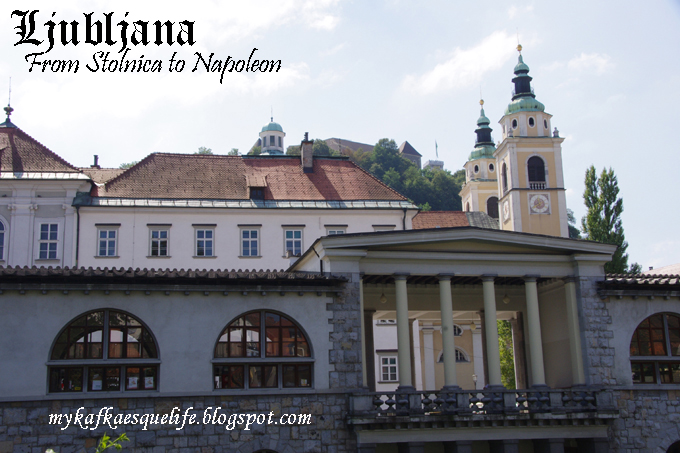

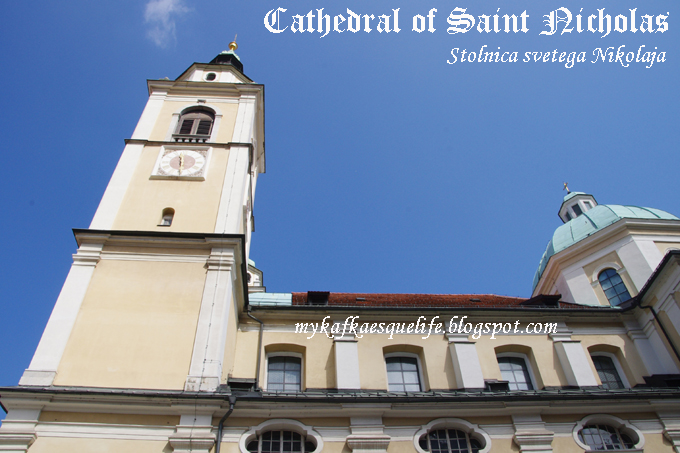
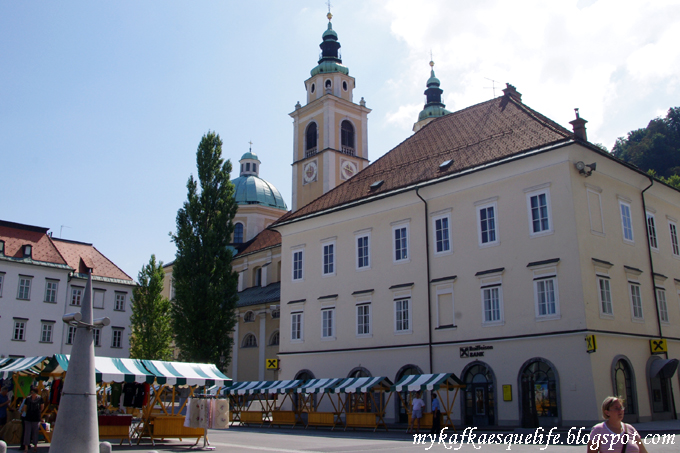
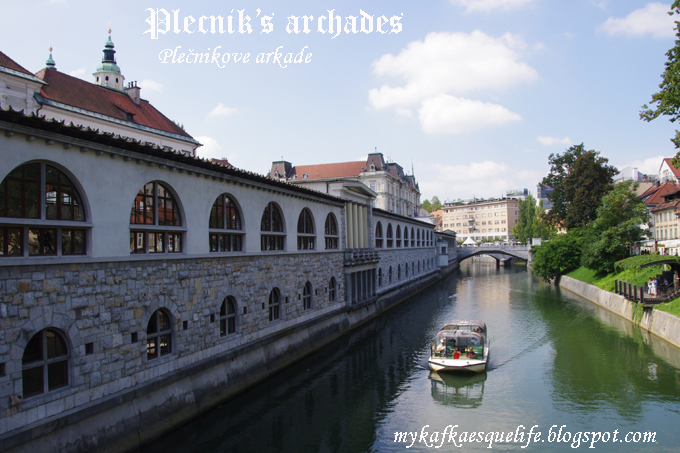
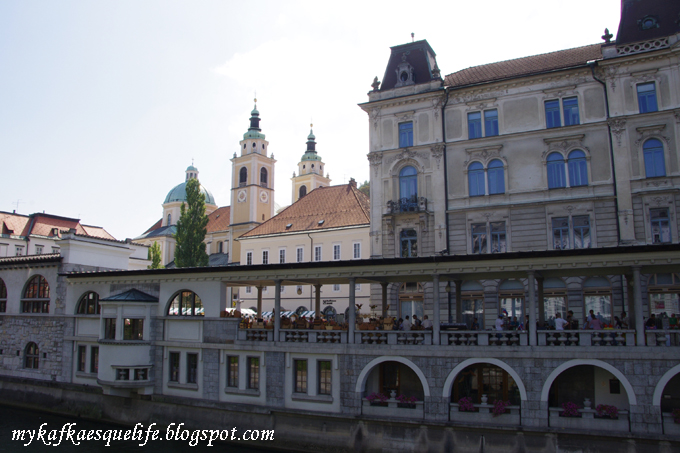


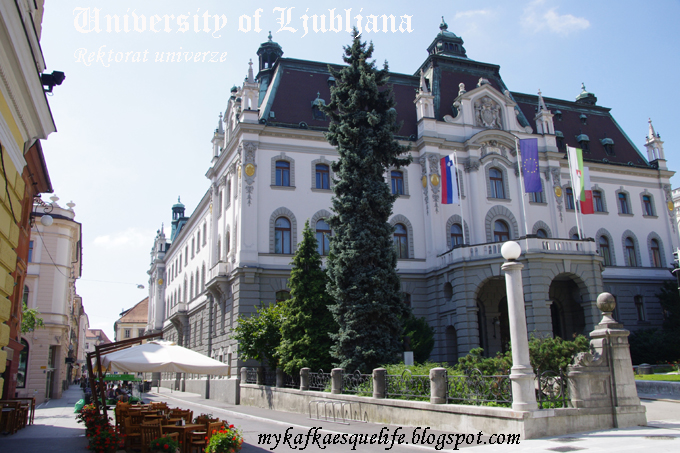



If you followed our Ljubljana tour in my previous post, you know that we remained somewhere in Stara Ljubljana (lit. Old Ljubljana), where we sat down on a bench and took a break. It was so hot that day, we had to walk slowly, because our feet hurt from our previous adventures. Ljubljana's center is not so small. The old medieval part is, but Ljubljana grew significantly after 1895 and there are so many interesting buildings from the 20 century. Some of Europe's finest architecture of the first half of the 20. century can be found in Ljubljana (1895-1945). And we were about to explore that. We started off at the main cathedral in Ljubljana: Saint Nicholas.



✰ Plečnik's Ljubljana
Jože Plečnik (pron. "Yo-zhe Plech-nick", website dedicated to him) is the most famous Slovenian architect, who left the biggest mark on modern Ljubljana. He was part of almost every big project in the city between the 1920s and 1950s. He wanted to "make Ljubljana Mediterranean again" and to "have elements of a modern Athens" (source). He laid the foundation for transforming Ljubljana, a provincial town, into a modern city and the center of Slovenia.


The neo-baroque Kresija palace (pron. "Cre-see-ya") was built after 1895 (source).


Kranjski deželni dvorec (pron. "Cran-skee de-zhel-nee dvo-rets") currently the seat of the University of Ljubljana) is an old palace, which was the seat of the provincial government, when Ljubljana was under Austria.

The coat of arms of Ljubljana on the facade and the Slovenian flag.
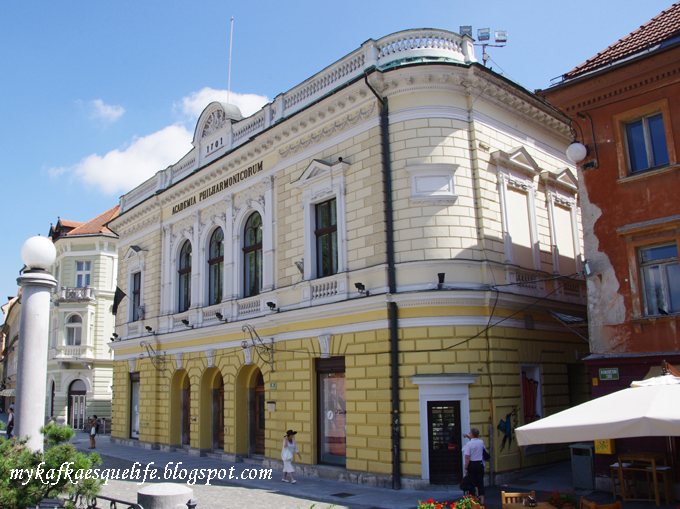
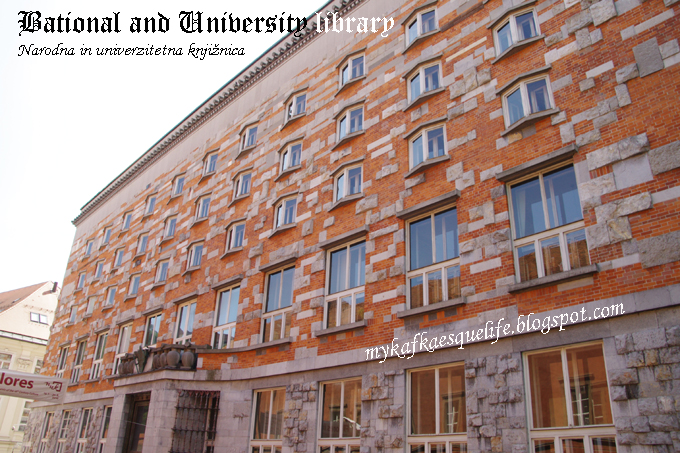
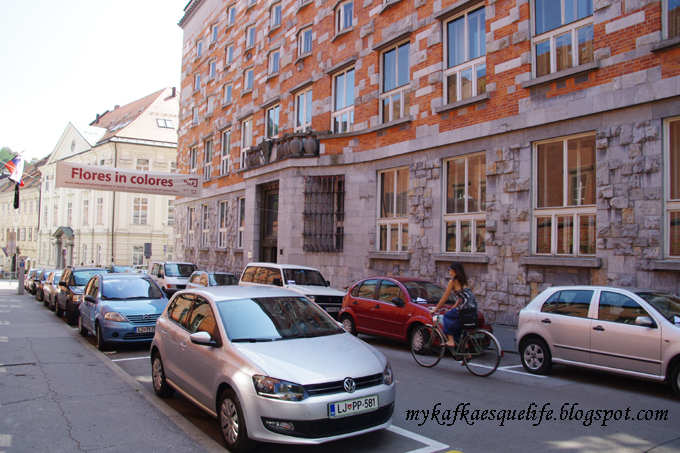
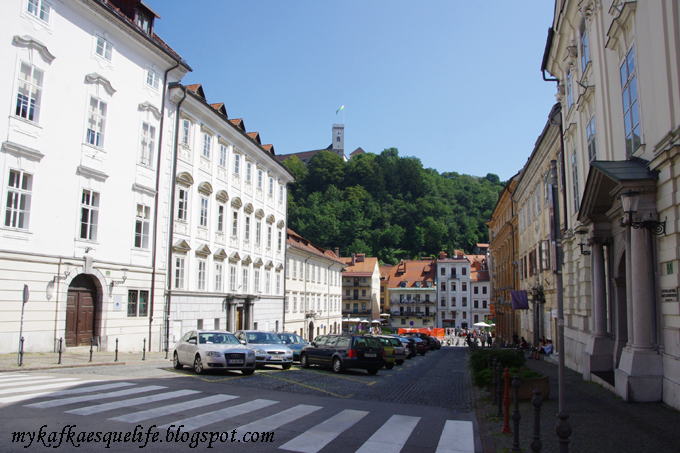




A view of the Ljubljana castle from the Novi trg (pron. "Novee terg", New square).

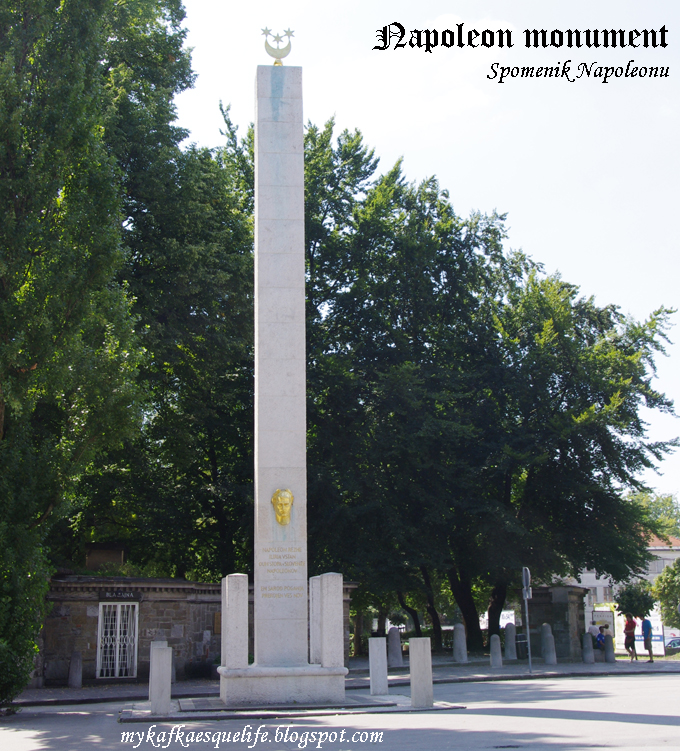
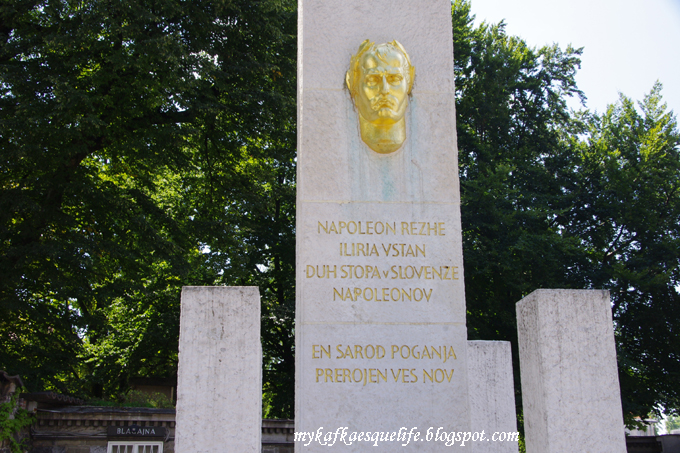

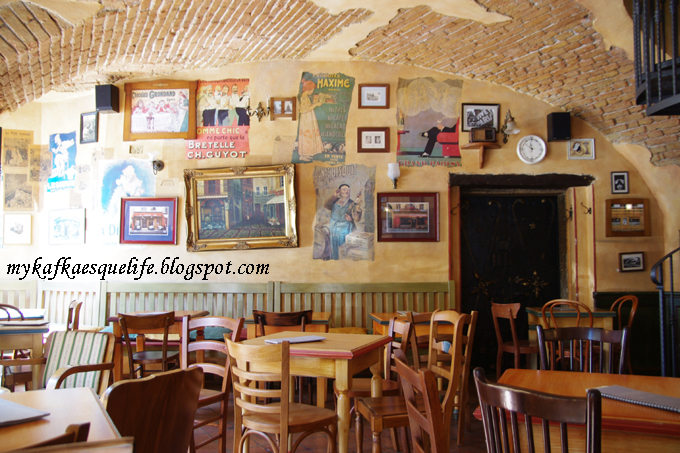

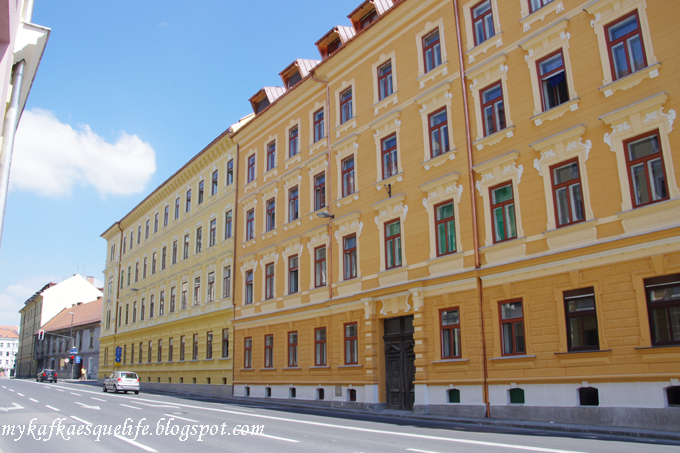

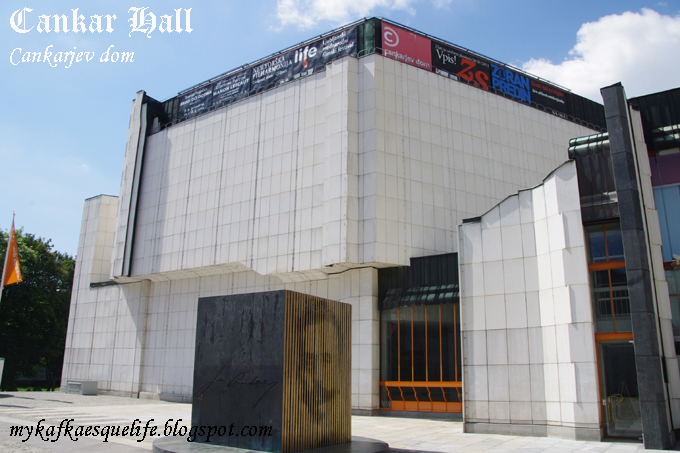
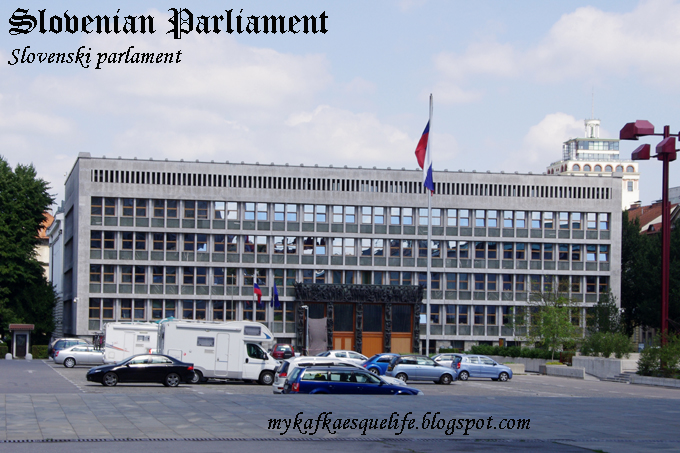
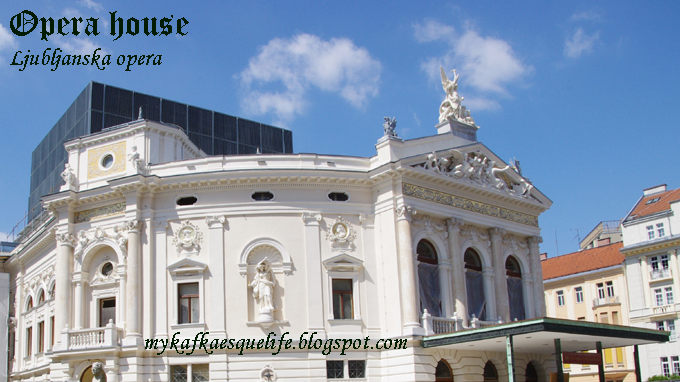

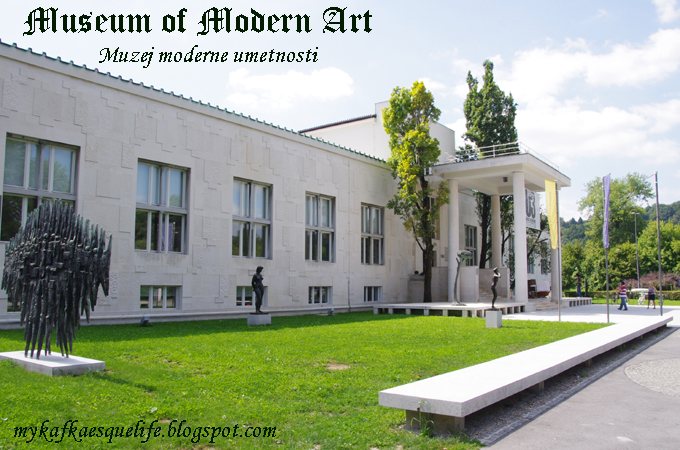

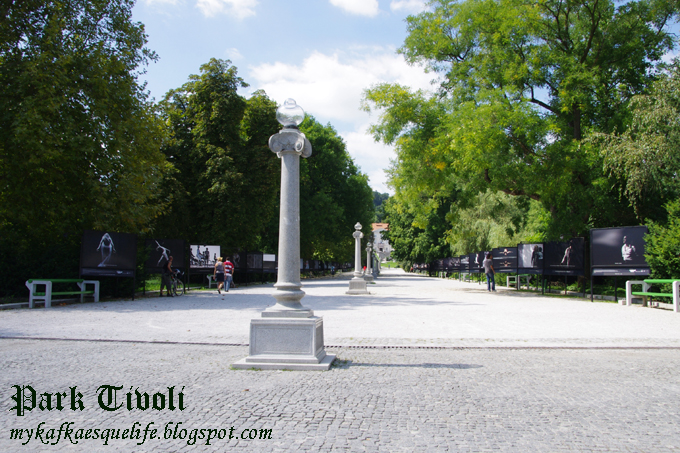
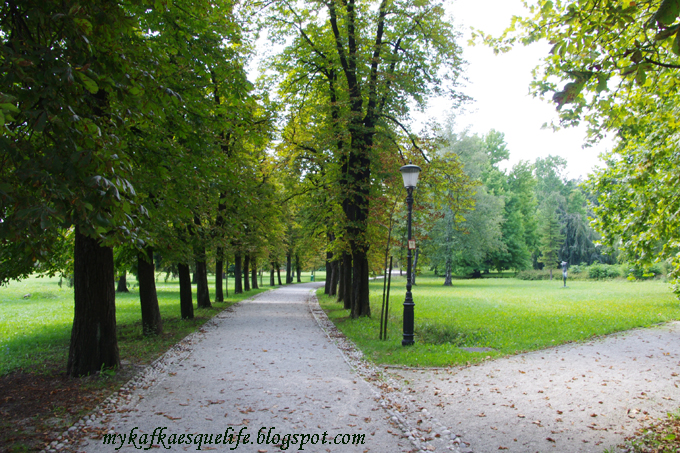
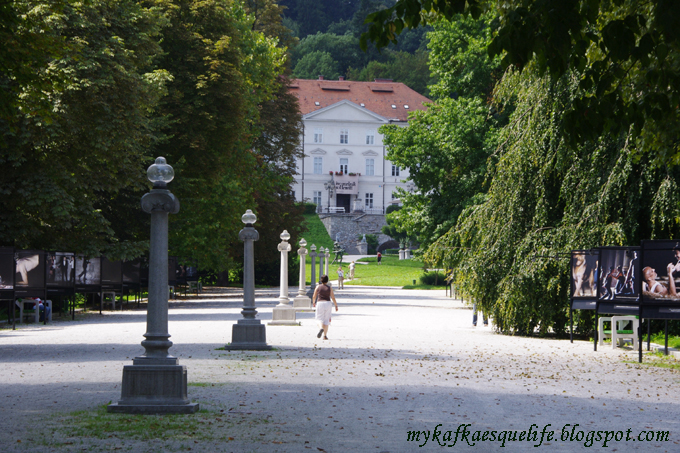
Leaving the park, we went back to the center. The next thing we say was the famous...
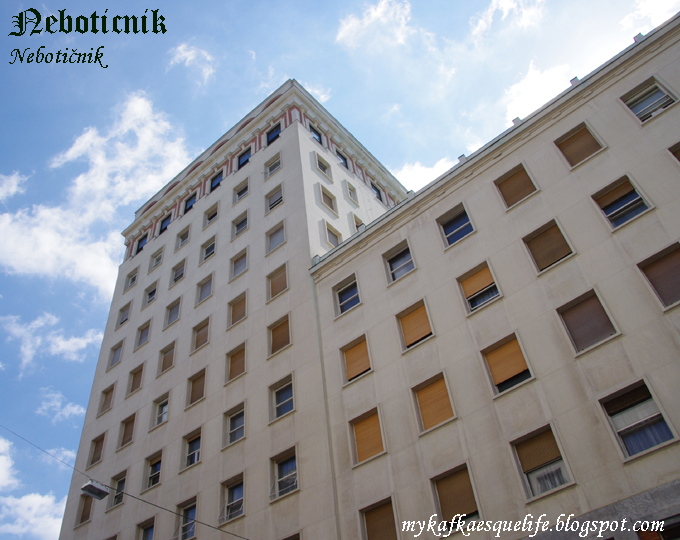
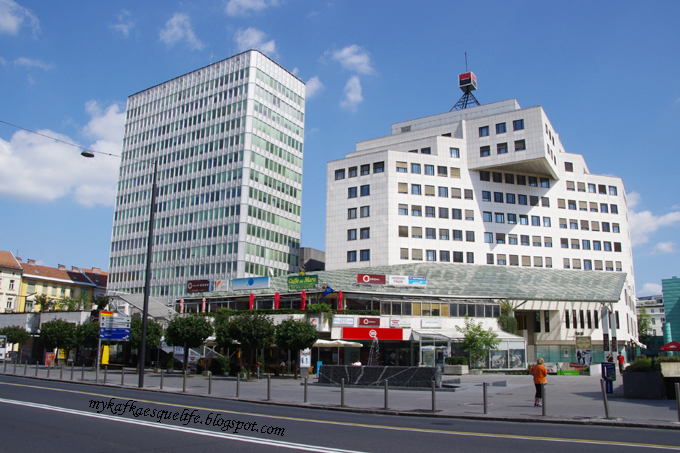
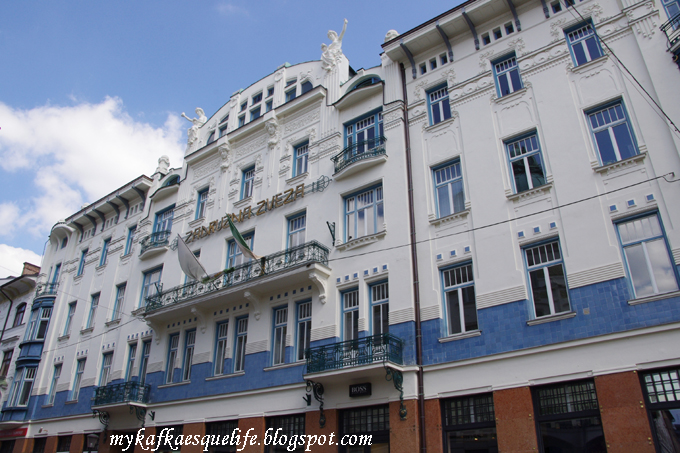
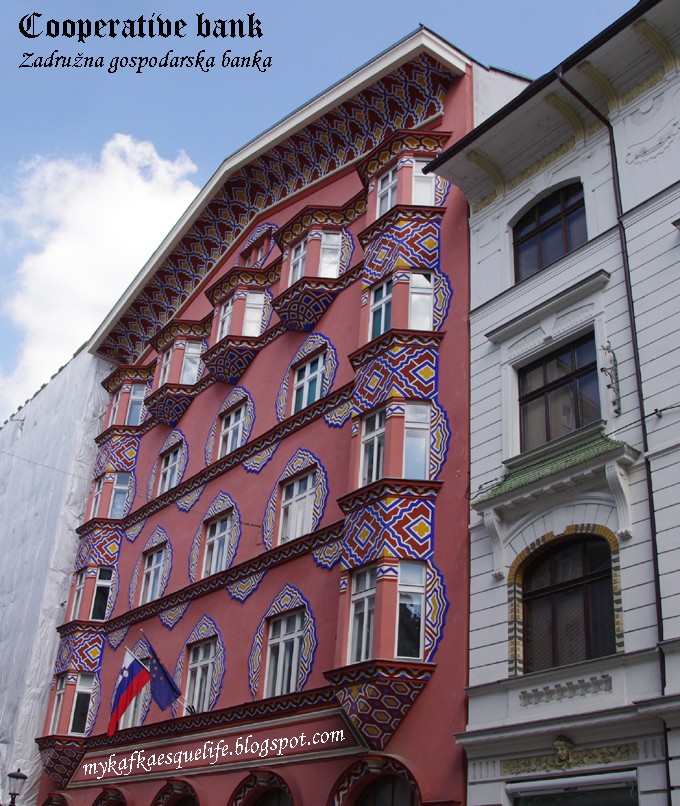

The National and University Library of Slovenia as seen from Novi trg.
✰ The French Ljubljana
Ljubljana was for centuries (from 1364 to 1918) under the Austrian rule except for few years between 1809-1813, when Napoleon conquered this part of the Austrian empire and created the so called Illyrian provinces (read more), a relatively big province under the French rule, but with some autonomies. And the French decided that Ljubljana should be the capital city. They changed many laws, they were everything Austria wasn't. And they also allowed Slovenian (and Croatian) to be official languages along with French and German, which was very beneficial for the latter development of the modern Slovenian written language. To sum it up, Slovenians remember this brief time as a kind of a break from the Austrian rule, where our language evolved and our national identity awakened. So it's no wonder, that Slovenians dedicated a monument to Napoleon, which is found in Ljubljana:


It's said, that Napoleon Bonaparte came to Ljubljana once in 1797. He forced the bishop to leave his palace, where he himself stayed over night (source). The monument to Napoleon is located at Trg Francoske Revolucije (pron. "Terg Fran-tso-skay Ray-voh-loo-tsee-ye", French revolution square).
On the same square is also a nice little café named Le Petit Café (The small café). I remember, that I liked to go here during the time, when I studied and lived in Ljubljana. I had to bring my girlfriend there to try their famous white coffee (Bela kava Le Petit).


It's a French style café with a lovely atmosphere. Usually young people can be found here, mostly students. But I also spotted few Slovenian celebrities here in the past. After we finished our coffee, I decided to show my girlfriend the modern Ljubljana.


Most facades in Ljubljana have been renovated in the past years thanks to the new mayor Zoran Janković [homepage], one of the richest (if not the richest) Slovenians, who changed his profession from a CEO to mayor in 2006. He's managing Ljubljana pretty well and is expected to win another term this year. He knows how to make things done and big projects were finished (Sports park Stožice) or are about to be finished (huge railway station) under his administration. The mayoral elections will be held in few days.


Cankarjev dom ("Tsan-car-yew dom", Cankar hall) is a concert hall named after Ivan Cankar, our famous writer.

And this is the Slovenian parliament.
The building was completed in 1959 and looks quite modest. Before that, Plečnik was given the task to design a national parliament building and he designed the Katedrala svobode (pron. "Cah-tay-drah-lah svoh-boh-day", Cathedral of Freedom), with a 120m tall cone shaped tower (see photos here). His design was seen as too radical and the building was never constructed. An image of the Cathedral of Freedom is featured on the Slovenian 10 cents coins.


National Gallery of Slovenia (Narodna Galerija). This is the main art museum in Slovenia, containing a collection of visual art from late middle ages to the early 20th century.

Modern Gallery (Muzej sodobne umetnosti) or the Museum of modern art houses a national collection of modernist are from the 20th and 21st century.


Tivoli (pron. "Tee-voh-lee", originally Jardins de Tivoli) was designed and laid out in 1813 during the brief French rule over Ljubljana by the engineer Jean Blanchard. Tivoli is now Ljubljana's biggest public park and it attracts many locals and visitors.


Leaving the park, we went back to the center. The next thing we say was the famous...

Nebotičnik (pron. "Nay-boh-teech-nick", lit. Skyscraper) was built in 1933 and was with its 70m and 13 floors the tallest building in this part of Europe. It was built on the grounds of a medieval monastery. The foundation is 18m deep and makes it one of most earthquake-proof building in Ljubljana. On the top floor is a restaurant (more here) with a lovely view over the Old Ljubljana and the castle.



This building of the Cooperative bank (Zadružna gospodarska banka) became famous, because of the colorful facade. It's one of Ljubljana's most prominent art nouveau buildings.
✰ Ljubljana in conclusion
Ljubljana is a city in motion and transformation. It's located at the crossroads of the German, Latin and Slavic world and it's the most Western Slavic capital. The history is felt on every corner, be it a Roman wall, baroque houses in the Old center, the French influence such as Tivoli park, the castle, the art nouveau buildings, Plečnik's genius architecture of the 1930s and at last the momentum of recent years, when Ljubljana became one of the capitals in the European Union. Ljubljana really changed a lot in the recent 10 years. The historic center is closed for traffic, many facades have been renovated, most paving has been replaced and it looks like Ljubljana has been throughly polished up. If you walk around Ljubljana's center today (Sept 2010), be ready that there are many construction sites everywhere, which will make it hard for you to take some nice photos. But this progress is good and necessary and it will make you revisit Ljubljana in the future, because you'll get curious about how this amazing city will look like after it's big makeover. I definitely will keep returning to the capital of my country and to the city, where I lived for few years. I hope you will come, too.
My rating of Ljubljana:
Great place for photos ✰✰✰✰✰
Great place for photos ✰✰✰✰✰
Well preserved and clean ✰✰✰✰✰
Toilets, parking, souvenirs ✰✰✰✰✰
[All photos by MKL, 2010, except where otherwise noted]
Subscribe to:
Comments (Atom)

